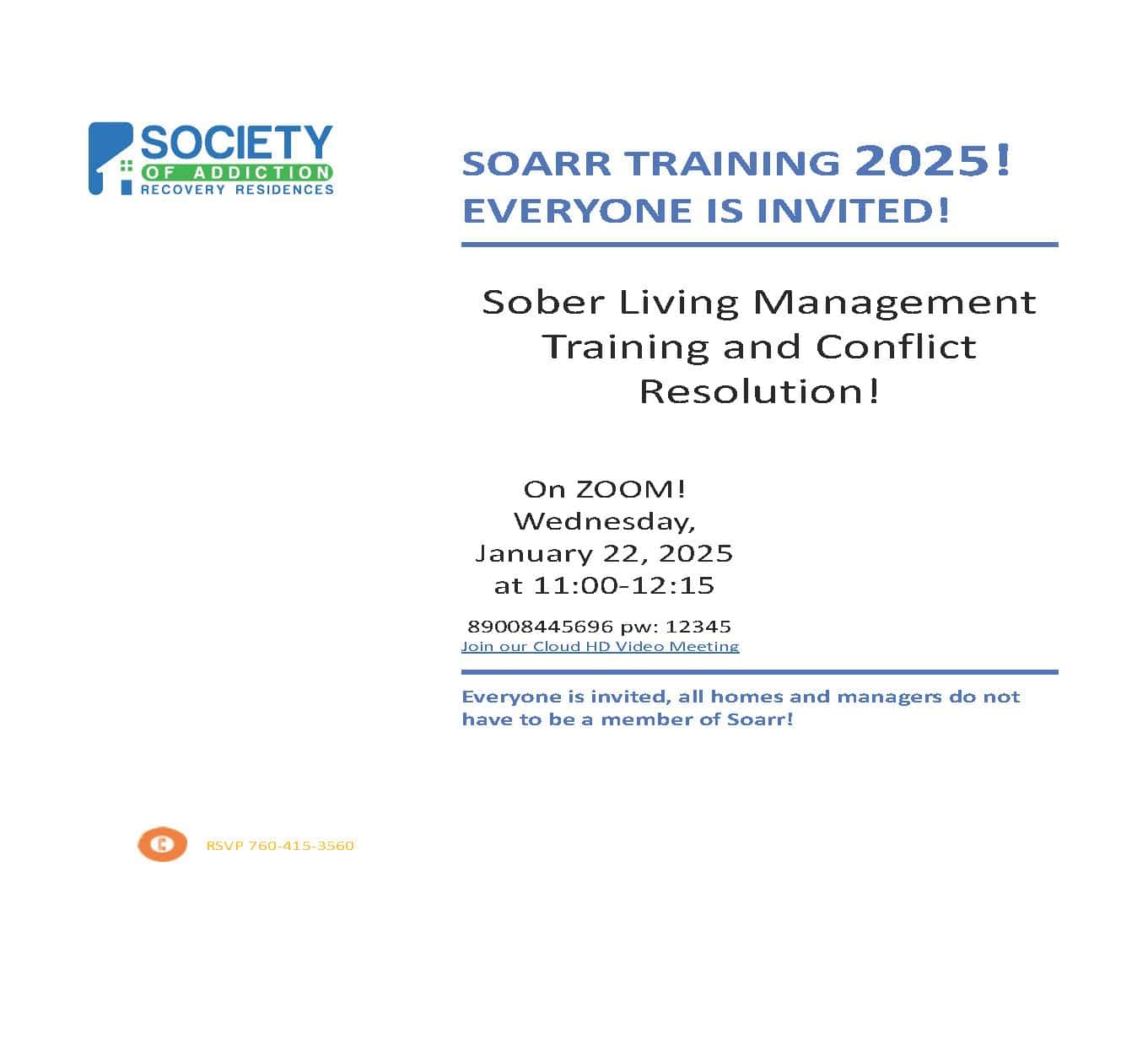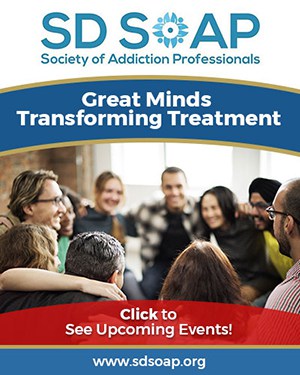New numbers from the CDC show that overdoses decreased in 2023 across the United States by 3%. For California, the news is even better, looking at a possible 4% reduction in overdose deaths. The reduction in overdose deaths can be attributed to many public health initiatives, such as expanding access to Naloxone and other lifesaving initiatives.
While overdoses have decreased by a small percentage, communities are still working toward solutions. There are still public health threats like xylazine to contend with as well.
Increased Access to Harm Reduction
Harm reduction strategies, such as fentanyl testing strips and Narcan distribution, help reduce the risk of overdoses by providing safer environments and access to opioid overdose reversal tools. While California legislators have been reluctant to provide “safe use” sites for opioid users, they have been willing to stock up on other harm reduction tools.
Naloxone, a life-saving drug that can reverse opioid overdoses, has become more widely available in many parts of California.
California Harm Reduction Initiatives
Several cities in California have implemented programs to provide naloxone dispensers, often in public places such as libraries, community centers, and schools. These initiatives help promote public health and prevent overdoses across the state. They are truly lifesaving measures.
Some notable initiatives include:
- San Francisco: Known for its proactive harm reduction strategies, San Francisco has naloxone dispensers in various locations, including community organizations and public health facilities. All Bay Area Walgreens and CVS pharmacies carry Narcan without a prescription, and Medi-Cal, Medicare, and other medical insurance companies will cover the drug.
- Los Angeles: LA has created naloxone distribution programs, including making naloxone available through public health initiatives and partnerships with local organizations. People can pick up naloxone at their local library free of charge.
- Oakland: The city has naloxone dispensers in several community centers, which dispense the drug free of charge. Other tools are also available through local harm reduction organizations.
- Santa Cruz: This city has made naloxone available in public places, including libraries and through community-based organizations. The city provides both nasal and intermuscular naloxone. They also distribute harm reduction kits that include fentanyl testing strips.
- San Diego: San Diego has naloxone distribution programs, including making it available through health departments and community outreach efforts. Nonprofits also hand out clean needles for intravenous drug users, Narcan, hygiene supplies, and contraceptives.
- Sacramento: The city has naloxone dispensers in public health facilities and through partnerships with local harm reduction programs. There is an emphasis on std testing, Narcan, and referral services for people seeking treatment.
These cities have taken significant steps to make naloxone more accessible to their residents as part of broader efforts to reduce overdoses. Many programs distributing naloxone to at-risk populations, first responders, and community members have also likely contributed to the decline in overdose deaths.
There Is Still Work To Do To Prevent Overdoses
While progress is being made in the field of addiction recovery, there is still a lot of work to do. As some people get clean and sober, others are trying drugs and becoming addicted to them at the same time. Preventing overdoses will always be a challenge as long as drugs are so easily available.
More access to tools in communities that are traditionally overlooked, such as migrant populations or people who are LGBTQ+, can help people recover from addiction and decrease the demand for addictive substances.
Addiction recovery insiders already have some of the best tools at their disposal, but communities need to cut red tape and increase access to tools like Medication-Assisted Treatment (MAT). Expanded access to MAT using methadone and buprenorphine helps to treat people with opioid use disorder. It’s an essential tool for recovery from opioid addiction. MAT provides a bridge to recovery that helps people reduce or eliminate their dependence on opioids. It also lowers the risk of overdose. Alongside therapy for substance use disorder, it is considered to be the “gold standard” for treating opioid addiction by the FDA.
Public Health Campaigns and Community Involvement
Awareness campaigns focusing on the dangers of opioid misuse must continue to include new hazards, such as xylazine, which are contaminating the opioid supply. These drugs cause overdoses, too, which may create a need for additional tools.
Broadcasting the availability of treatment options can lead to more people seeking help and fewer engaging in high-risk behaviors. Many people are unaware that they qualify for treatment paid by Medi-Cal, for example.
These combined efforts, among others, create a comprehensive approach to addressing the overdose crisis, leading to a decrease in overdose deaths in California.
Embrace Excellence in Recovery with SOARR
At SOARR, the well-being of our residents is our top priority. We are dedicated to enhancing their living conditions and enriching their lives. Explore our vibrant communities and learn how you can contribute to our mission by visiting our directory. Our directory can help you if you’re looking for recovery housing.
We also offer members Society of Addiction Recovery Residences (SOARR), where we are passionately committed to accountability and excellence in recovery. Our esteemed coalition of sober living experts and advocates works tirelessly to set and maintain the highest standards, ensuring our residents receive the utmost care and respect. Be a part of our transformative mission.





